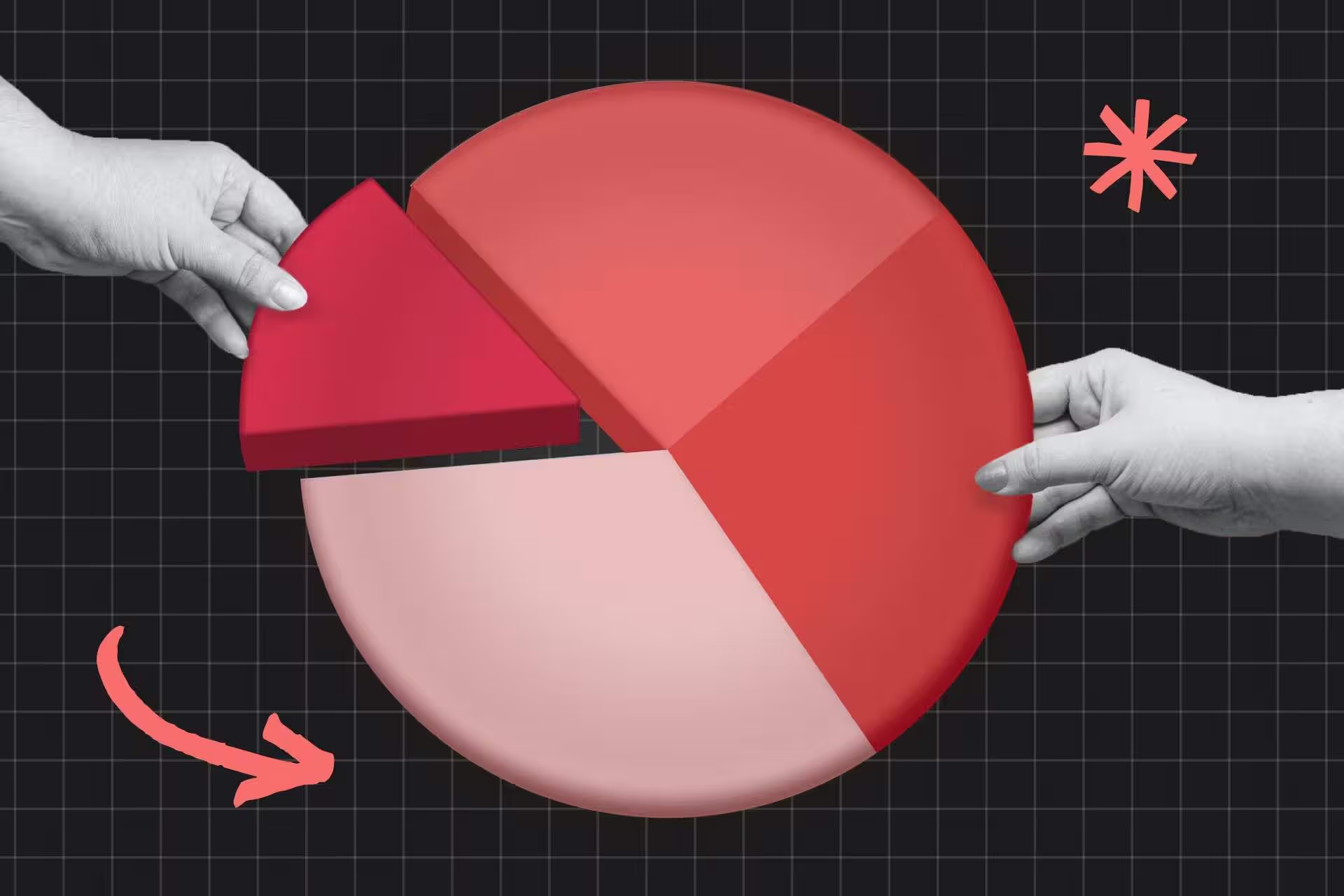A trade mark is a vital tool in protecting your business and building your brand. It can bring value to your business, protect your products from competitors and help create a brand that customers are loyal to.
In this article, we will explain what a trade mark is, and the basics of trade mark registration.
What is a Trade Mark?
A trade mark is a sign that you use to distinguish your goods and services. For example, this could be your business logo, a slogan that you use to sell products, your signature colours and much more. For most businesses, a trade mark will be a logo or a slogan, but most elements that distinguish your business from others are eligible for a trade mark.
When you have a registered trade mark, you will be able to enjoy numerous benefits. For instance, once you have registered your trade mark, you will have the exclusive right to use that sign. You will also have the exclusive right to authorise others to use your trade mark, and you will be able to take legal action in the event that somebody else uses your trade mark without permission. This can go a long way in preventing other businesses from using your distinctive signs and attracting customers away from you.
There are also many benefits to trade marks beyond your legal rights. For example, your trade mark can grow in value like any other asset of your business. Therefore, if you ever decide to sell your business, you can also sell your trade mark, and charge a higher price due to the reputation and customer base your branding has built. Furthermore, having a registered trade mark can attract investment to your business, as it shows that you are taking your branding and business seriously.
How Do I Register a Trade Mark?
Now that you know all of the benefits of a registered trade mark, you may be ready to register one for your business. Trade mark registration is managed by a government body that manages intellectual property. You can usually register your trade mark on their website. However, there are a few important things to note before beginning the process.
1) Select a Unique Trade Mark
Your trade mark must be unique for registration. If your trade mark is identical or too similar to any other trade marks that are already registered in your business’ industry, will not be accepted for registration. Therefore, you should search before attempting to register your trade mark. Look at the businesses in your industry and ensure your trade mark is unique, and conduct a search on your country’s trade mark register. A trade mark lawyer can ensure that you make a thorough search, so that your trade mark is accepted for registration.
2) Select a Trade Mark Class
When registering a trade mark, you will have to select the classes of goods and services to register under. For example in Australia, there are 45 different classes, and your trade mark must be unique within that class. So, if trade mark class 25 relates to clothing, and you have a t-shirt business, your trade mark will be registered in class 25.
It is important to select the correct class, as your trade mark will only be protected within that class. Therefore, if you select the wrong class, you may not be able to enjoy the benefits of registration.
3) Apply For Your Trade Mark
Once you have selected a trade mark and a trade mark class (or classes), it is time to apply. Some of the things you will need to submit include:
- your personal details;
- an image or depiction of your trade mark;
- your class(es) of goods and services; and
- the filing fee.
Depending on the type of trade mark you apply for, there may be more details that you need to submit.
4) Wait For a Response
Once your application is formally filed, your country’s IP body will usually get back to you within three to four months with a response. They may accept your trade mark application, or reject it due to issues with your application. They may also indicate a partial rejection and give suggestions to overcome them (such as deleting some of your goods and services if they overlap with another mark). In that case, you may be able to respond with these corrections and your trade mark application will proceed to acceptance.
Key Takeaways
A trade mark is a sign that represents your business’ brand and helps distinguish it from competitors. A trade mark can be a logo, slogan or anything else you use to distinguish your brand. You can register a trade mark through your country’s IP body, after which you will have numerous benefits. A registered trade mark will provide you with the right to exclusively use your trade mark and prevent others from using it. It also allows customers to recognise your business, and may attract more investment and money to your company.












